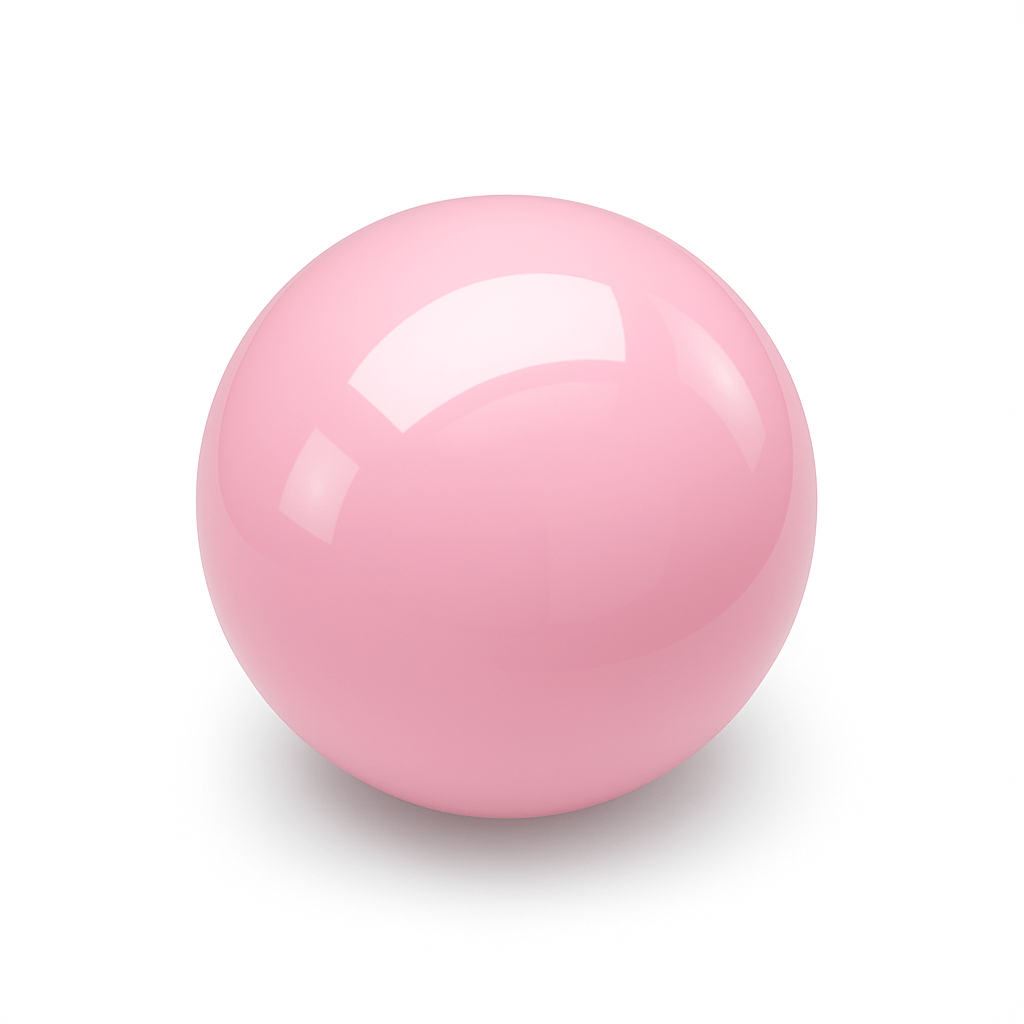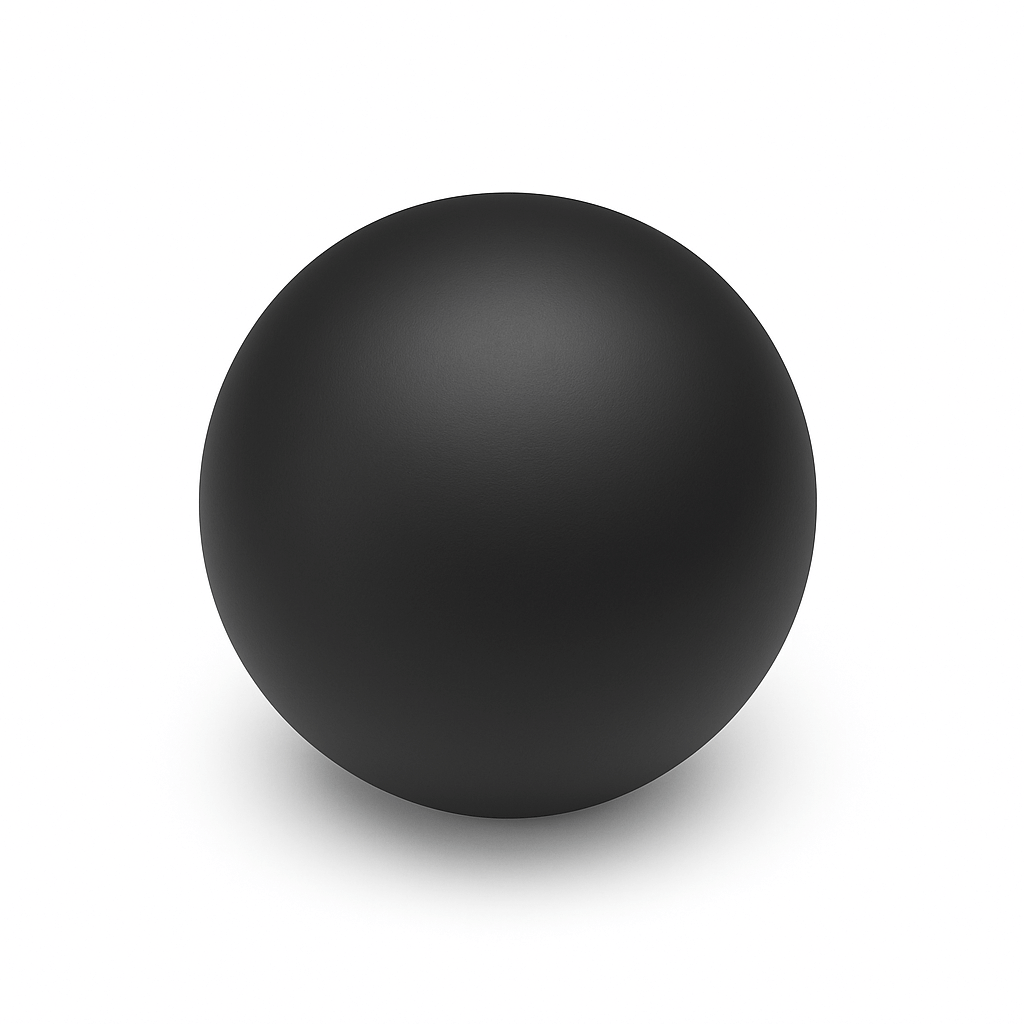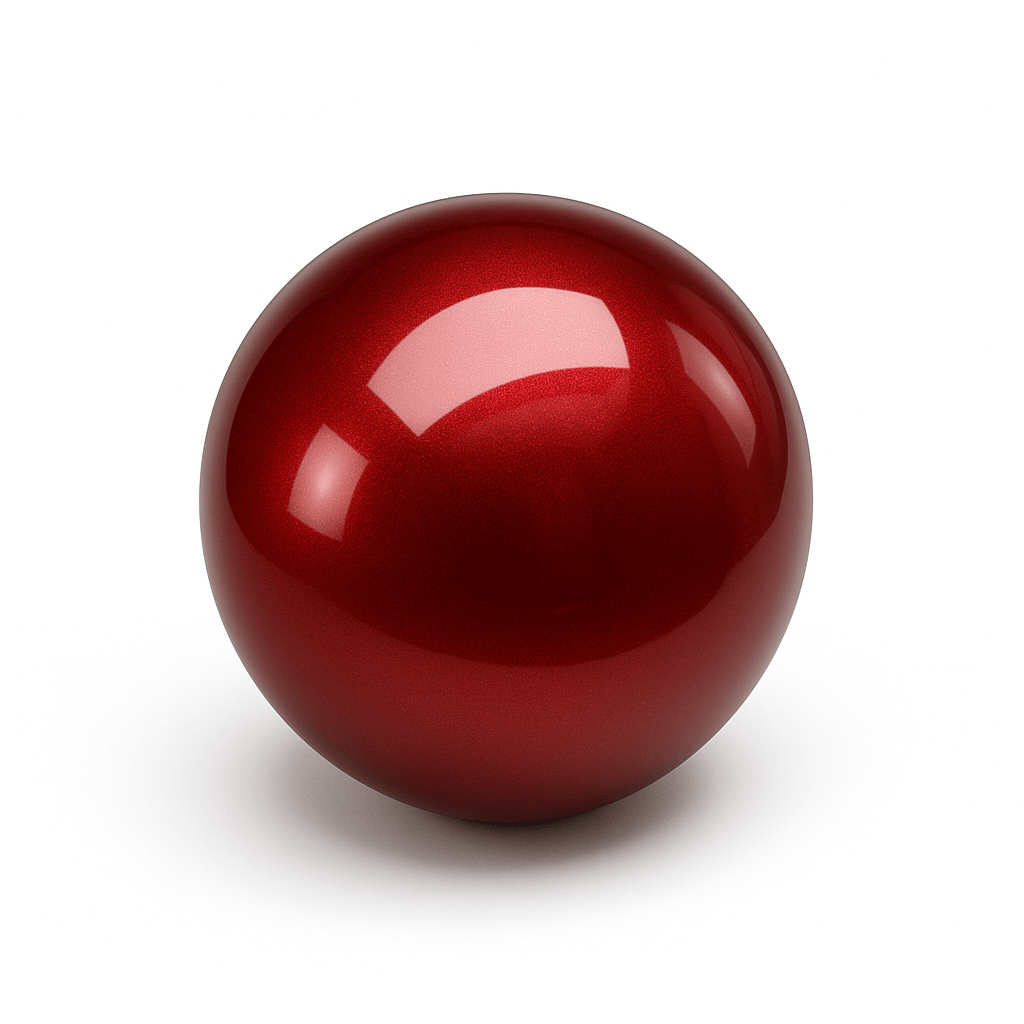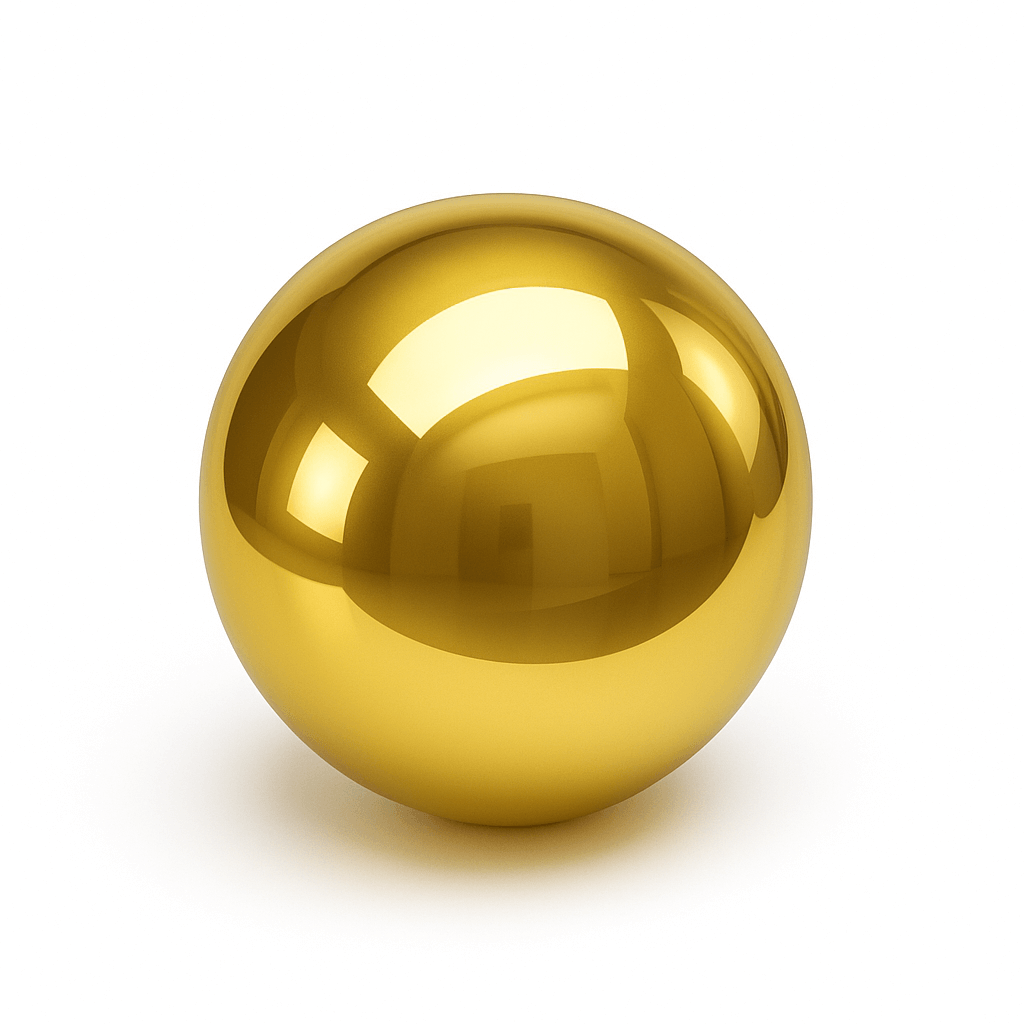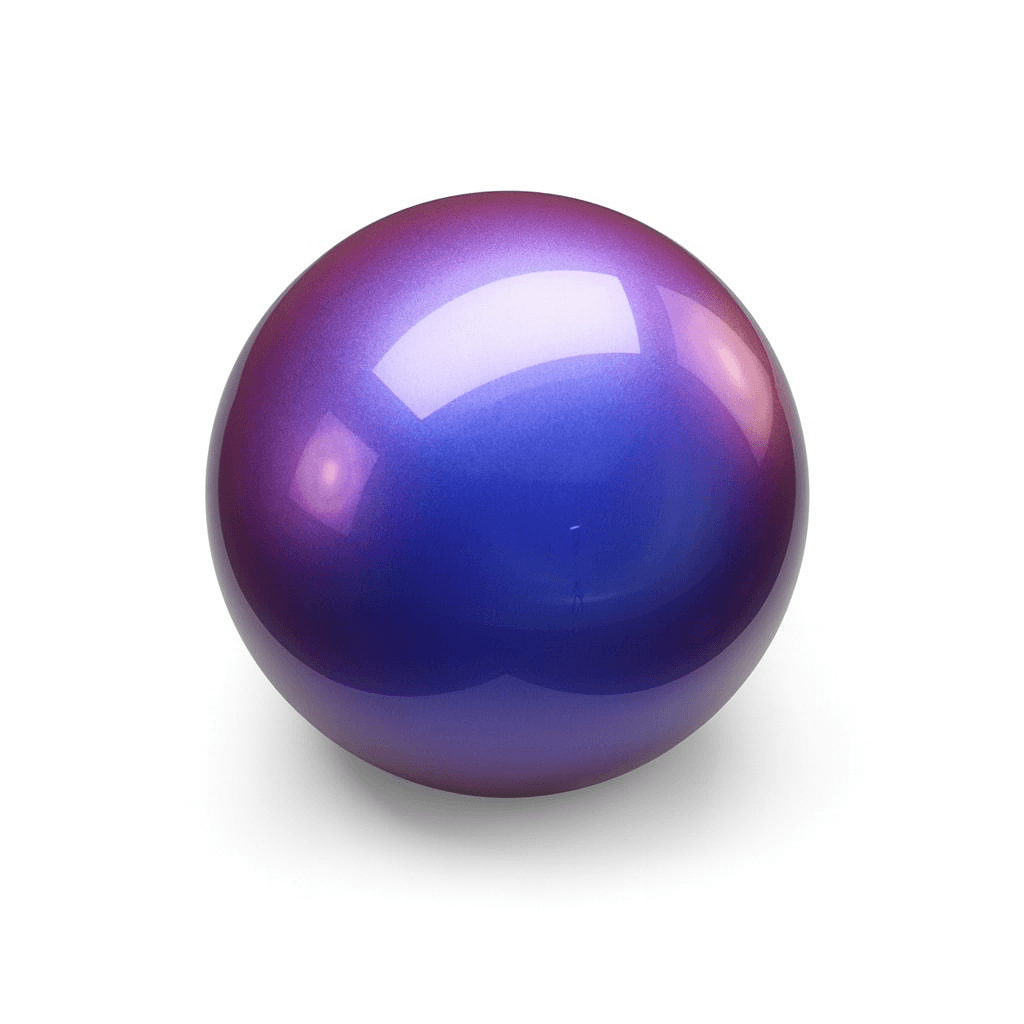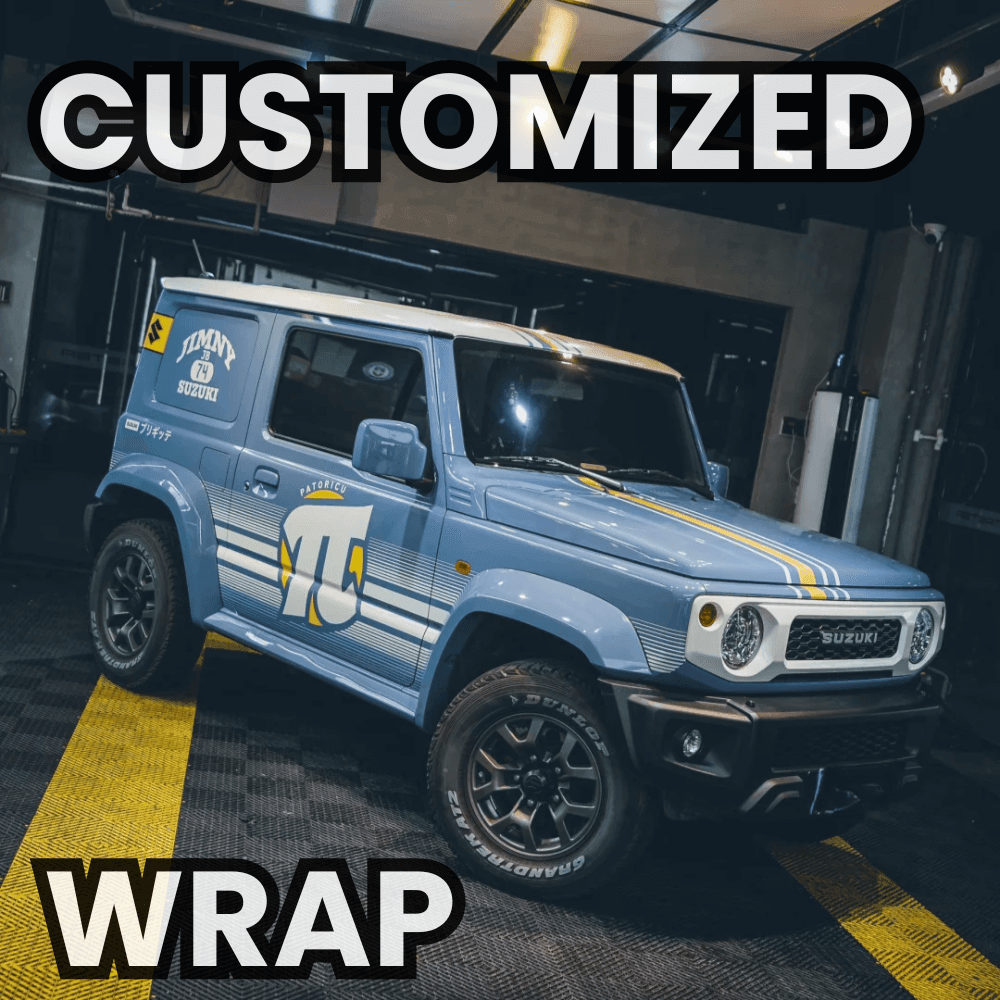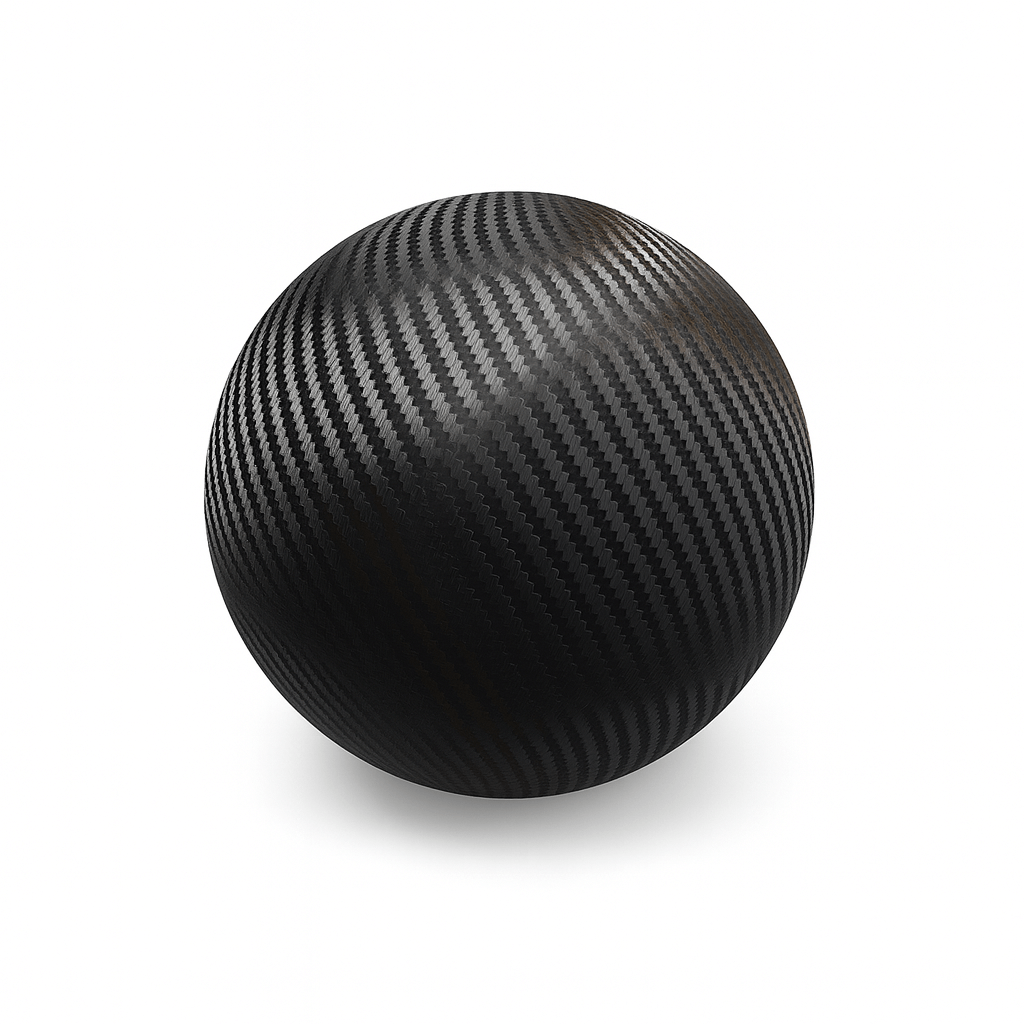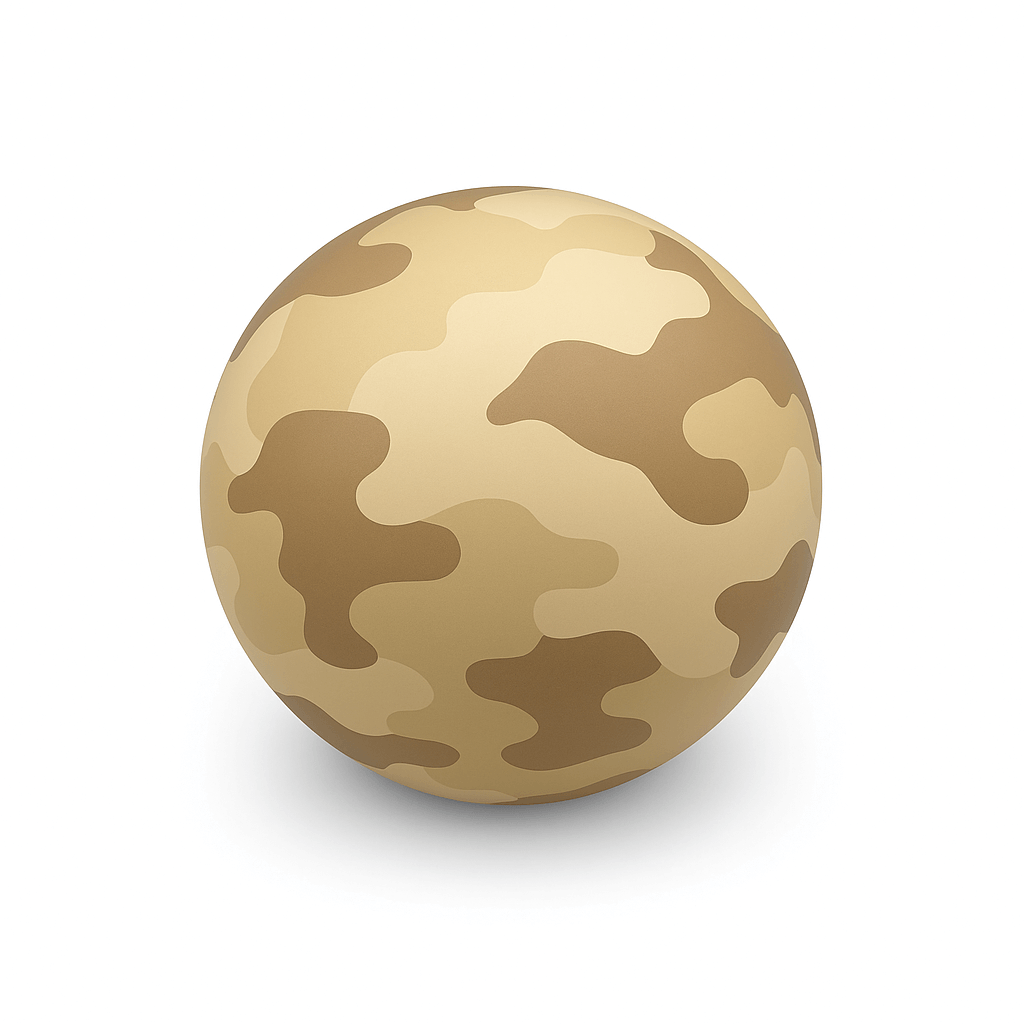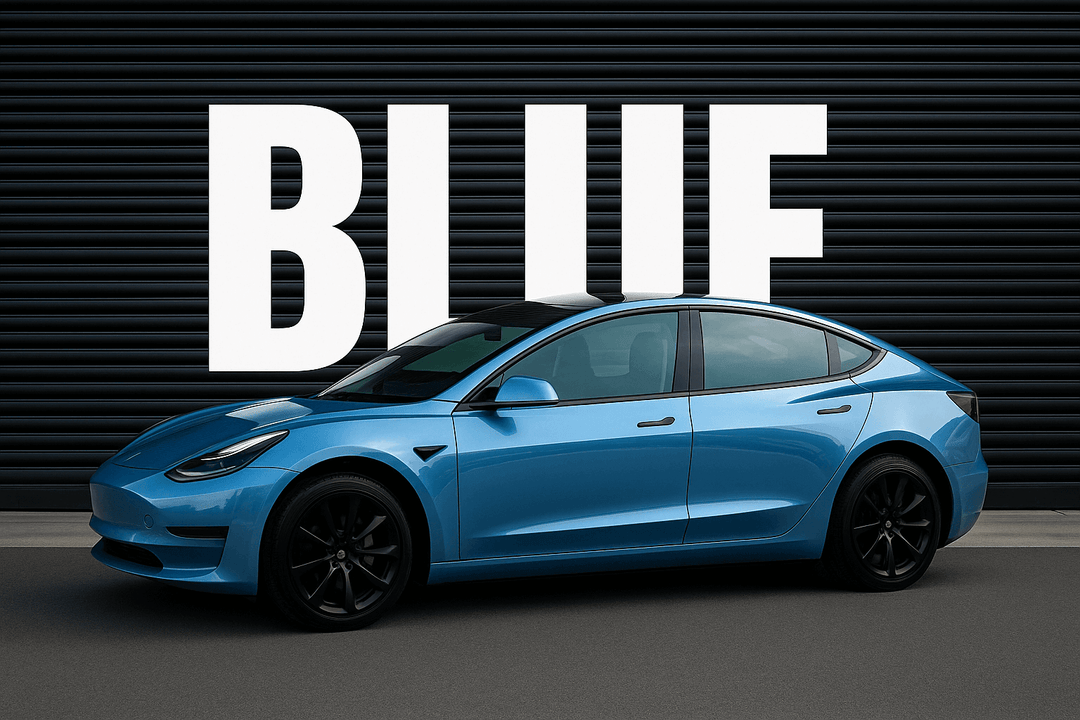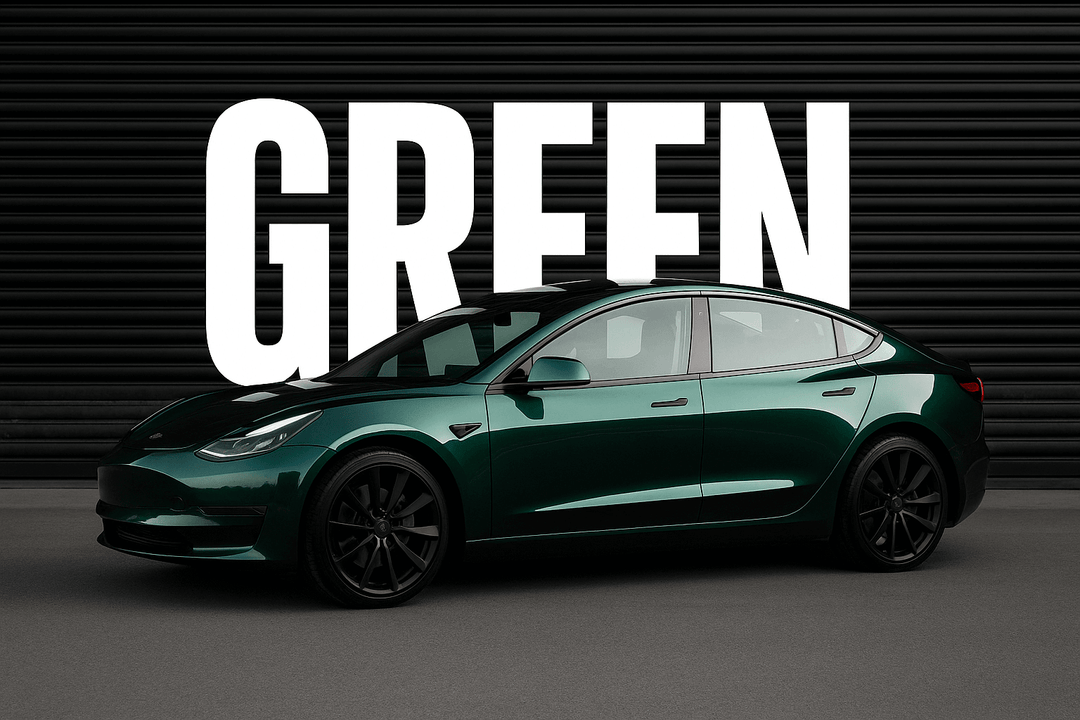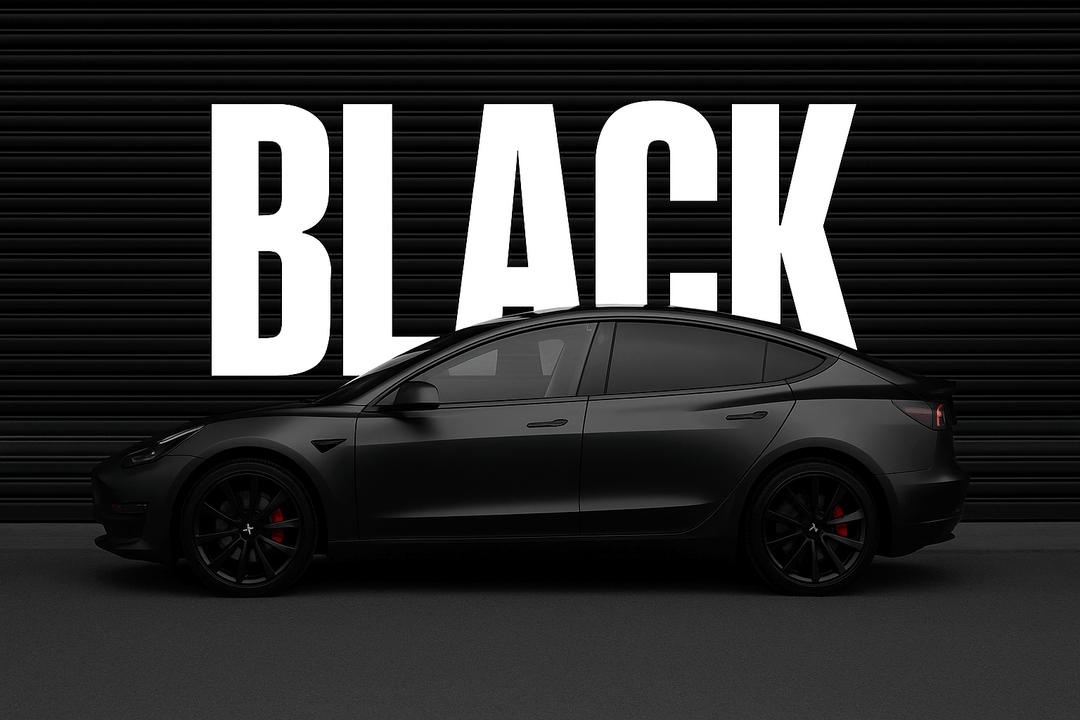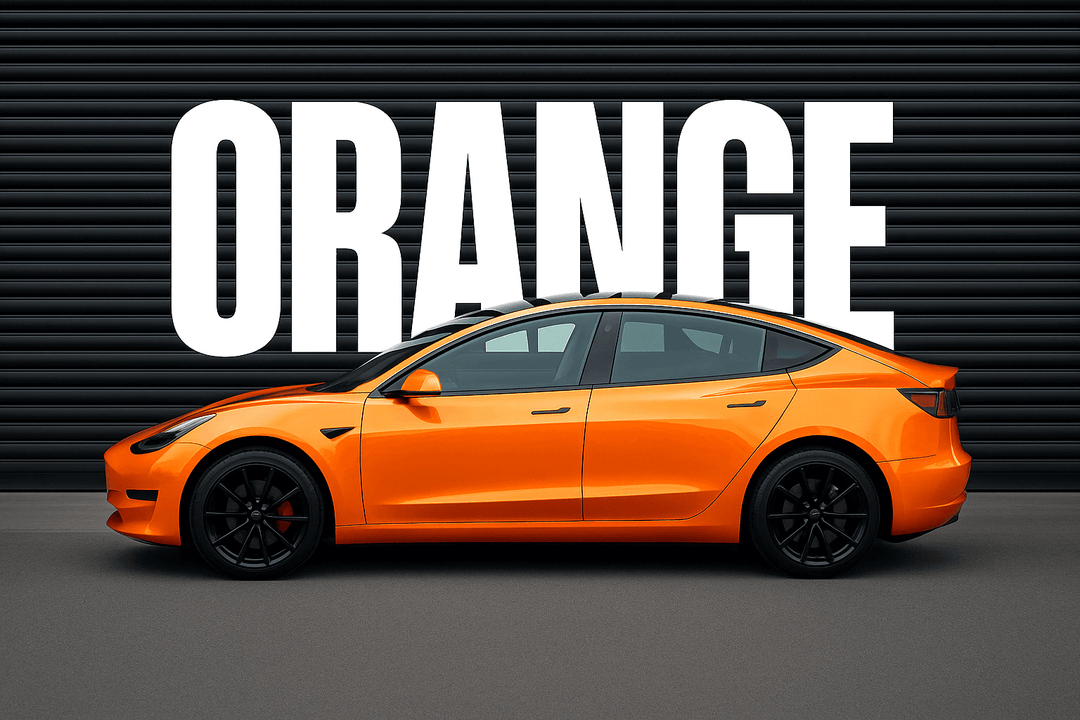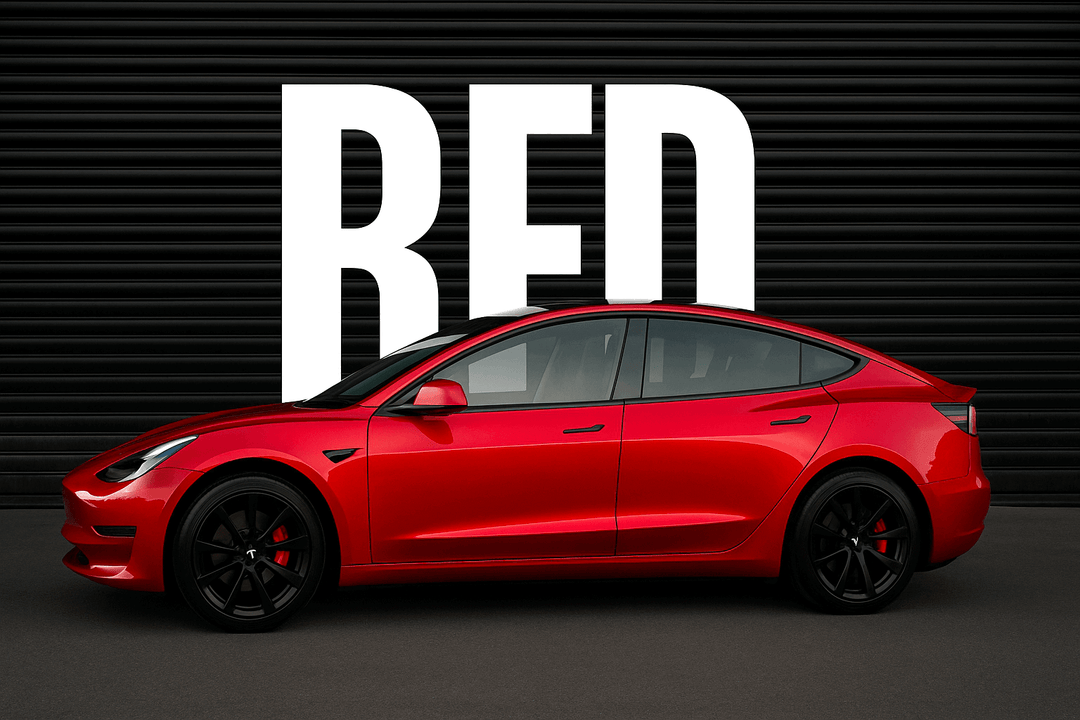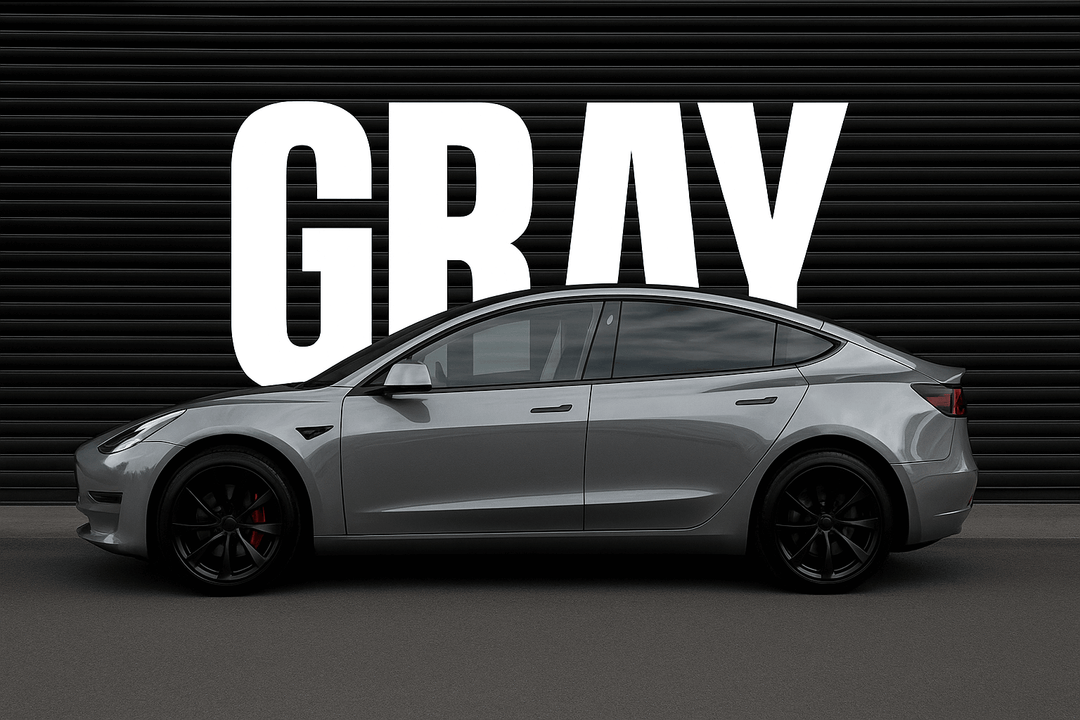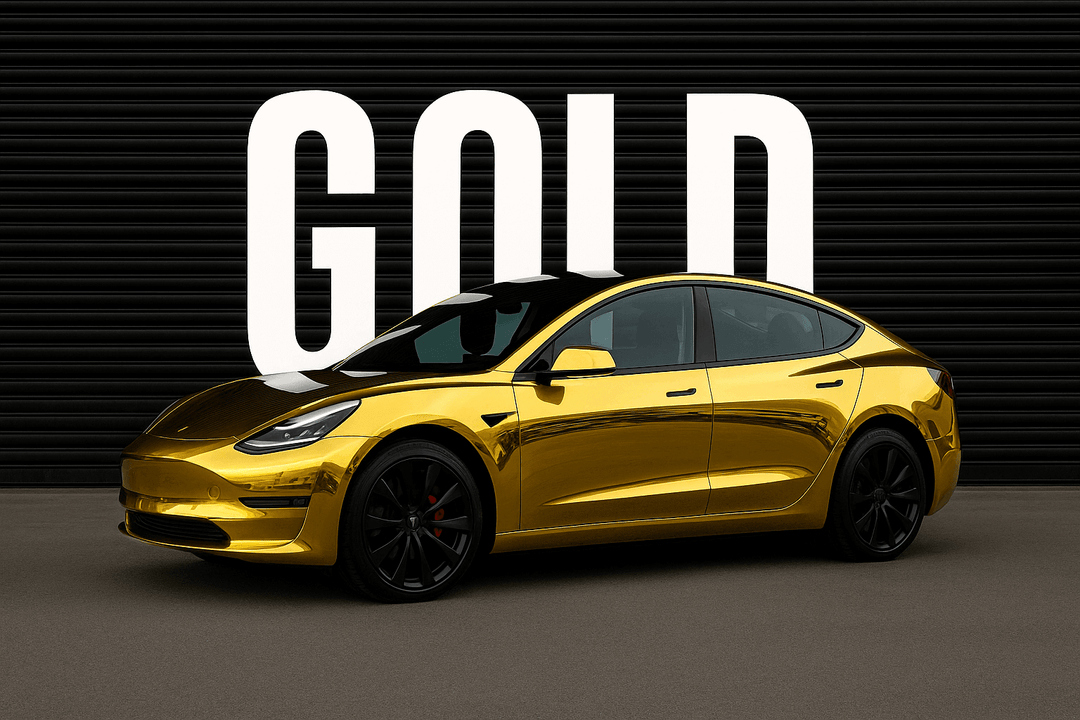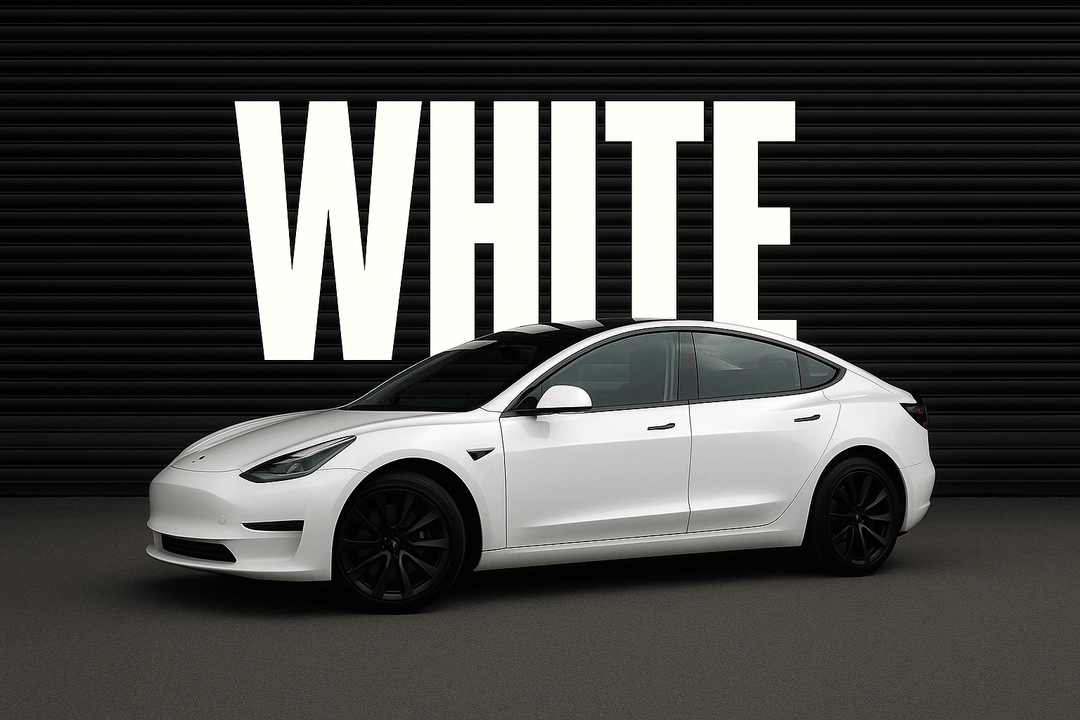What Is a Holographic Car Wrap
Have you ever seen a car that shifts colors as it moves, gleaming in rainbow shades under the sunlight? That eye-catching effect is often thanks to a holographic car wrap—a vinyl film designed to make vehicles stand out like nothing else on the road.
In this guide, we’ll break down everything you need to know about holographic car wraps—what they are, how they work, how much they cost, and whether they’re the right option for your vehicle. Let’s explore the style, substance, and science behind these high-impact automotive wraps.

What Is a Holographic Chrome Car Wrap?
A holographic chrome car wrap is a high-performance vinyl film designed to give your vehicle a dazzling, futuristic appearance. It is constructed from multi-layered polymeric vinyl that contains light-refracting properties. When exposed to sunlight or artificial light, the surface reacts by displaying a shifting rainbow of colors. These colors change depending on the viewing angle, creating a unique and vibrant visual effect.
The chrome base layer gives the wrap a smooth, mirror-like shine, while the holographic overlay adds dynamic depth and color. This combination not only enhances the aesthetic appeal of your car but also makes it stand out in any environment.
Beyond its appearance, a high-quality holographic chrome wrap also offers functional benefits. It provides a protective barrier against minor scratches, weather exposure, and harmful UV rays. With proper care, it helps preserve your car's original paint and maintains its eye-catching finish over time.
Holographic vs Color-Shift Wraps: What's the Difference?
When it comes to turning your car into a rolling piece of art, both holographic and color-shift wraps offer dazzling visual appeal. However, while they may seem similar at a glance, there are distinct differences in how they look, how they're made, and where each one works best.
Optical Appearance
Holographic wraps are designed to create a rainbow-like spectrum effect when exposed to light. These wraps reflect a wide range of colors all at once, similar to how a CD or prism scatters light. The effect changes depending on the angle of the light and the viewer, resulting in a high-energy, iridescent shimmer that feels almost futuristic.
Color-shift wraps, on the other hand, transition gradually between two or more specific colors based on viewing angle and lighting. Instead of a multicolored rainbow, you might see the wrap shift from purple to green, or blue to black, with a smooth gradient. The look is sleek and more subtle than holographic films, making it popular for those seeking a unique but refined finish.
Material Technology
Both wrap types are made from multi-layered polymeric vinyl, but the light manipulation technology is different.
Holographic wraps rely on micro-embossed or refractive layers within the vinyl that scatter light, creating a reflective rainbow effect.
Color-shift wraps use interference pigments or multi-layer lamination to change the way light is absorbed and reflected across specific color ranges.
Both technologies are durable and built with UV protection, self-healing surfaces, and air-release channels for easy installation.
Best Applications
Holographic Wraps are ideal for those who want a bold, attention-grabbing look. These wraps are perfect for show cars, influencers, brand promotions, or any build where making a statement is the goal. They shine brightest under direct light and are favored for full wraps or accent panels like roofs, hoods, and fenders.
Color-Shift Wraps suit a wider variety of personal styles. They work well for daily drivers, sports cars, or luxury sedans where elegance and uniqueness meet.
Are Holographic Wraps Legal?
While holographic car wraps offer a striking and futuristic appearance, it’s important to consider the legal aspects before installing one. Vehicle wrap regulations vary depending on your location, and reflective surfaces such as chrome and holographic vinyl may be subject to restrictions.
Reflective Surface Regulations
Some local or state laws limit the use of highly reflective materials on vehicles due to safety concerns. This is especially true for mirror-like or chrome-based holographic wraps that can reflect intense sunlight or headlights, potentially causing visibility issues for other drivers.
Common Restrictions May Include:
-
Bans or limitations on mirror chrome finishes
-
Restrictions on wraps with color-changing or high-glare effects on certain vehicle areas (e.g., hoods, roofs)
-
Requirements for visibility of license plates and lights
Tips for Staying Legal
-
Check local traffic laws before wrapping your vehicle in holographic or chrome vinyl
-
Consult with a professional wrap installer who understands state-specific regulations
-
Avoid applying highly reflective film near brake lights, headlights, or plate areas
What’s Usually Safe?
In many areas, subtler holographic effects or iridescent wraps with less reflectivity are acceptable. Finishes with a satin or pearlescent shimmer often pass inspection, especially when used as partial wraps or accents.
How Much Does a Holographic Car Wrap Cost? Full Breakdown
Holographic wraps are one of the most visually striking vinyl options available, but with great style comes varied pricing. The total cost depends on your vehicle’s size, whether you're wrapping it fully or partially, and if you’re doing it yourself or hiring a professional.
1. Vehicle Size Matters
|
Vehicle Type |
Vinyl Needed (Est.) |
Material Cost (DIY) |
Installed Cost (Pro) |
|
Compact (Mini Cooper, Fiat) |
49–55 ft |
$600 – $700 |
$2,500 – $3,500 |
|
Sedan (Toyota Camry, Tesla Model 3) |
59 ft |
$700 – $800 |
$3,000 – $4,000 |
|
SUV/Crossover (BMW X5, Tesla Model Y) |
60–65 ft |
$850 – $1,000 |
$3,500 – $4,500 |
|
Truck/Van (Ford F-150, Sprinter) |
65–75 ft |
$1,000 – $1,300 |
$4,000 – $5,500 |
2. Full Wrap vs Partial Wrap Cost
|
Wrap Coverage |
Material Only (DIY) |
Professional Install |
|
Full Wrap |
$700 – $1,400 |
$2,500 – $5,500 |
|
Roof Only |
$150 – $250 |
$350 – $600 |
|
Hood Only |
$180 – $300 |
$400 – $700 |
|
Accent Panels (mirrors, spoilers, fenders) |
$100 – $200 |
$250 – $500 |
How Long Does Holographic Wrap Last?
When properly installed and cared for, holographic vinyl wraps typically last between 1 to 3 years. Their durability depends on a few key factors, especially since these wraps are designed more for visual impact than long-term utility.
Expected Lifespan
-
Average lifespan: 1 to 3 years
-
Professional installation and care can extend performance closer to the 3-year mark
-
Daily drivers exposed to direct sunlight or harsh weather may see fading or wear sooner
Factors That Impact Longevity
Sun Exposure
Holographic wraps contain light-refracting layers that can be affected by prolonged UV exposure. If your vehicle is parked outside daily, especially in hot climates, fading or discoloration may occur faster.
Climate and Environment
Harsh winters, extreme heat, or salty coastal air can wear down vinyl films quickly than in mild, dry environments. Indoor parking or garage storage helps preserve the finish.
Cleaning Routine
Proper maintenance is essential. Hand washing with pH-neutral soap and microfiber cloths helps prevent scratches and keeps the wrap’s reflective sheen intact. Avoid abrasive brushes, pressure washers, and automatic car washes.
Wrap Quality and Installation
Premium holographic vinyl from trusted brands like Yeswrap offers higher-grade adhesives, better flexibility, and more resilient finishes. Professional installation ensures full adhesion, reducing the chances of lifting or bubbling.
How to Maintain a Holographic Wrap
Maintaining a holographic vinyl wrap requires a careful, consistent routine. Since these wraps rely on light-refracting layers for their unique look, proper upkeep ensures they continue to dazzle without fading or peeling.
1. Use pH-Neutral Car Wash Soap
Always wash your vehicle with pH-balanced, non-abrasive soap. Harsh cleaners or degreasers can degrade the vinyl and dull the holographic finish. Mix with clean water and use a microfiber mitt for gentle contact.
2. Hand Wash Is Best
Avoid automated car washes. The brushes and high-pressure water can scratch or lift the vinyl. Instead, hand washing offers full control and minimizes risk. Rinse thoroughly to remove any residue.
3. Avoid Abrasive Waxes or Polishes
Do not use traditional waxes, polishes, or any product that contains abrasive compounds or petroleum distillates. These can damage the film's delicate surface and affect its light-reflecting properties. If you want added protection, opt for a wrap-safe ceramic coating.
4. Park in Shade Whenever Possible
Sunlight accelerates vinyl breakdown. When not in use, park your car in a garage, under a carport, or use a UV-protective car cover to reduce exposure and maintain color vibrancy.
5. Dry Gently After Washing
Use a clean microfiber towel to pat the surface dry. Never let water air dry, as it can leave spots and mineral deposits that reduce the wrap's clarity and gloss.
If you want to extend the life of your wrap even further, consider applying a ceramic coating on top. It adds an extra layer of UV and moisture protection without dulling the shimmer effect.
Final Thoughts
A holographic car wrap is more than just a design choice—it is a bold expression of individuality. Whether you want to turn heads on the street, stand out at a car show, or simply enjoy a dynamic color-shifting finish that catches the light from every angle, this type of wrap makes a powerful impression.
With the added benefits of paint protection and enhanced resale appeal, a holographic wrap is both a visual upgrade and a practical investment. From full-body applications to custom accents, it opens up a world of creative possibilities.
Ready to make your ride shine in every color? Browse Yeswrap’s premium holographic car wrap collection today and start your transformation.
Frequently Asked Questions
What is the difference between chrome and holographic wraps?
Chrome wraps are highly reflective and give a mirror-like finish in a single color such as silver or gold. Holographic wraps, on the other hand, are multi-layered and refract light to create shifting rainbow-like colors depending on the angle and lighting. They offer a more dynamic visual effect.
Will a holographic wrap fade over time?
Like all vinyl wraps, holographic films can fade with extended UV exposure. However, with proper care, such as parking in shade, using a car cover, and handwashing with pH-neutral soap, you can maintain the vibrancy for 1 to 3 years.
Are holographic wraps easy to remove?
Yes. High-quality holographic vinyl wraps from brands like Yeswrap are designed to be removable without damaging your original paint. Removal is easiest when the wrap is still in good condition and the vehicle has been properly maintained.
Is holographic wrap safe for my paint?
Absolutely. As long as your car’s paint is in good condition before application, holographic wraps provide a protective layer against scratches, UV rays, and minor abrasions. They help preserve your factory finish while enhancing the vehicle’s appearance.
Related Articles:


